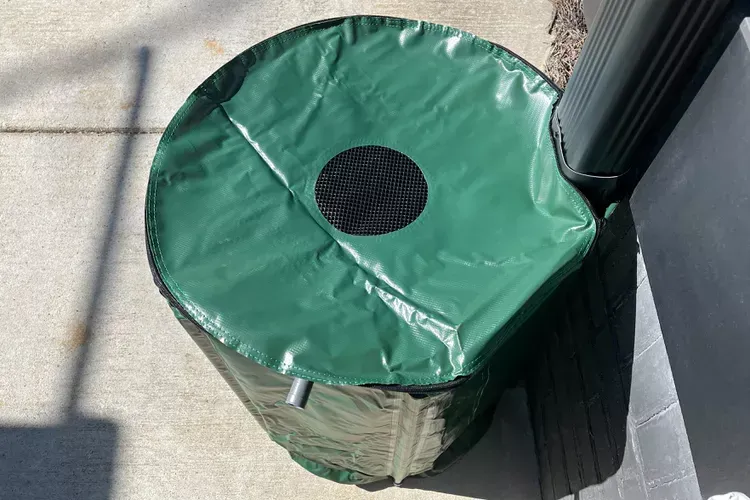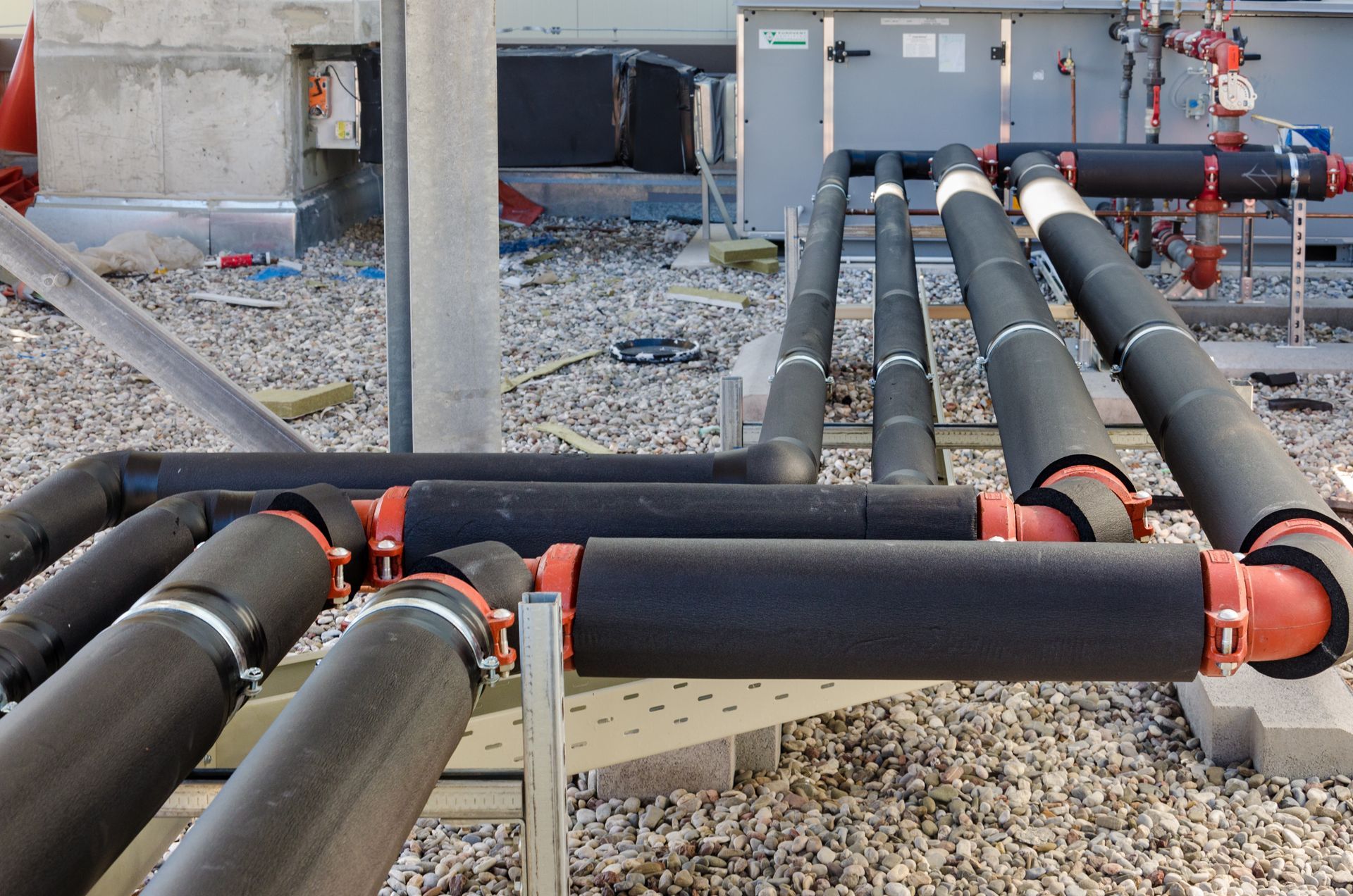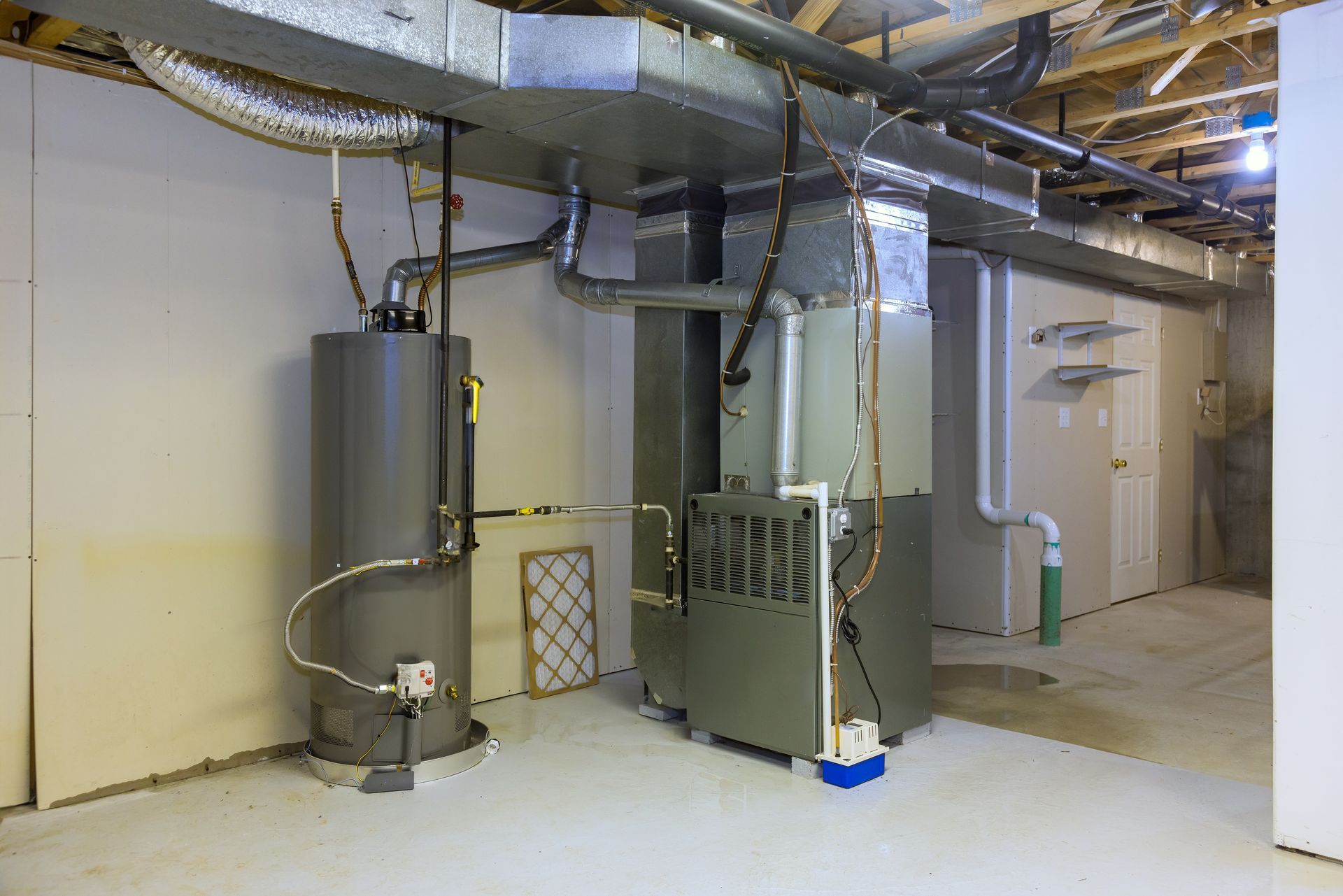Spring is here, and it's the perfect time to think about water conservation. Not only does saving water help the environment, but it can also lead to significant savings on your water bill. With a few simple changes and some mindful habits, you can make a big difference. Let's dive into some effective spring water-saving tips that will help reduce waste and lower your bills.
Understanding the Importance of Water Conservation
Water is a precious resource, and conserving it is essential for both the planet and your wallet. The average American household uses about 300 gallons of water per day, according to the Environmental Protection Agency (EPA). By implementing water-saving strategies, you can reduce this number significantly.
Photo By: EPA Gov
The Environmental Impact
Water conservation helps protect ecosystems and reduces the energy required to process and deliver water. This, in turn, lowers carbon emissions and helps combat climate change. Simple actions taken by individuals can collectively make a substantial impact.
Financial Benefits
Reducing water usage can lead to lower utility bills. On average, households can save up to 10% on their water bills with efficient water use practices. Over time, these savings add up, making water conservation both environmentally and economically beneficial.
Effective Spring Water-Saving Tips
Spring is an ideal season to implement new water-saving strategies. Here are some practical tips you can start using right now:
1. Inspect for Leaks
Leaks are a common source of water waste in homes. Check all faucets, toilets, and showerheads for leaks and repair them promptly. Even a small drip can waste up to 20 gallons of water per day.
How to Detect Leaks
Toilets: Add a few drops of food coloring to the toilet tank. If the color appears in the bowl without flushing, there's a leak.
Faucets and Showerheads: Listen for drips or look for water pooling around the fixtures.
2. Upgrade to Water-Efficient Fixtures
Consider replacing old fixtures with water-efficient models. Low-flow faucets, showerheads, and toilets can significantly reduce water usage without sacrificing performance.
Cost and Savings
While the initial cost for new fixtures can be an investment, the long-term savings on water bills make it worthwhile. For example, a low-flow toilet can save up to 4,000 gallons of water per year.
3. Practice Smart Irrigation
Spring is planting season, and smart irrigation can help save water in your garden.
Water Early: Water your plants early in the morning to reduce evaporation.
Use Mulch: Mulch helps retain soil moisture and reduces the need for frequent watering.
Drip Irrigation: Install a drip irrigation system to deliver water directly to the plant roots, minimizing waste.
4. Collect Rainwater
Rain barrels are an excellent way to collect and store rainwater for use in your garden. This free water can be used for irrigation, reducing your reliance on tap water.
Photo By: The Spruce
Installing a Rain Barrel
Place the barrel under a downspout to collect rainwater from your roof. Use this water for your garden, and you'll notice a decrease in your water bill.
5. Adopt Water-Saving Habits Indoors
Small changes in your daily routine can lead to significant water savings.
- Shorter Showers: Aim to reduce shower time to five minutes.
- Turn Off the Tap: Don’t let the water run while brushing your teeth or washing dishes.
- Full Loads Only: Run dishwashers and washing machines only when full to maximize efficiency.
Cost Considerations: How Much Does It Cost for a Well?
For those considering an alternative water source, installing a well may be an option. While it involves upfront costs, it can provide a sustainable water supply.
Factors Affecting Cost
- Location: The cost of drilling a well varies by location, soil type, and depth required.
- Equipment: The type of pump and filtration system needed can also affect the cost.
Potential Savings
Once installed, a well can significantly reduce your reliance on municipal water and lower your water bills over time. However, regular maintenance and possible repairs should be factored into the overall cost.
How to Reduce Your Water Bill
By implementing the above water-saving strategies, you can effectively reduce your water bill. Here are some additional tips to ensure maximum savings:
Regular Monitoring: Keep an eye on your water bill and usage. Look for any unusual spikes that could indicate leaks or inefficiencies.
Water Audits: Consider a professional water audit to identify areas for improvement and potential savings.
Community Programs: Check if your local utility offers rebates or incentives for water-efficient appliances and practices.
Conclusion
At Edwards Plumbing, we understand the importance of water conservation for both the environment and your finances. By integrating these effective spring water-saving tips into your daily routine, you can not only reduce waste but also lower your water bills significantly. Taking proactive steps towards water efficiency is essential in creating a sustainable future.
If you’re looking to enhance your home's plumbing systems or need assistance with water-saving fixtures, our team at Edwards Plumbing is here to help! Contact us today for expert advice and top-quality installation services that will make your water conservation efforts even more effective. Every drop counts, and together we can make a positive impact on our community and the planet.
Start conserving water now—every small change leads to a big difference! Reach out to Edwards Plumbing today!
Share this blog!














